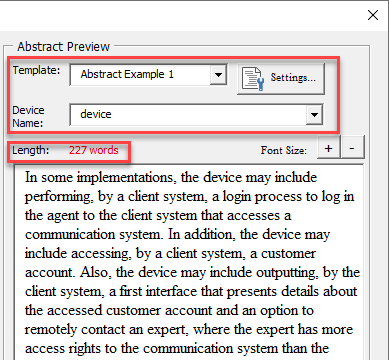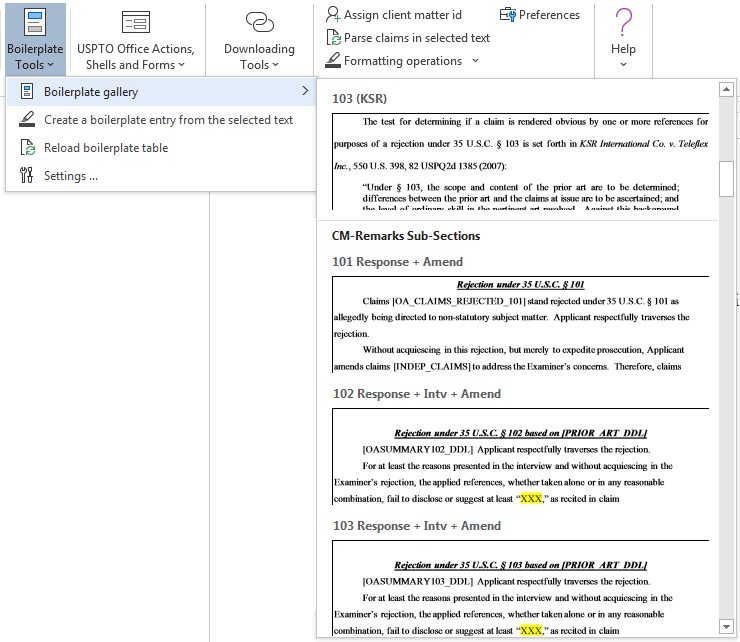Patent Application Flowchart Drafting Tools






As noted by Judge Newman “there are few, if any, legal documents more difficult to craft, more fraught with pitfalls than patent applications.” In this post we go over various drafting errors that could raise 35 U.S.C. 112 issues during litigation and discuss how to avoid them.


Patent Documents Downloading Tools

Patent Prosecution Time-Saving Tools

Patent Prosecution Time-Saving Tools
